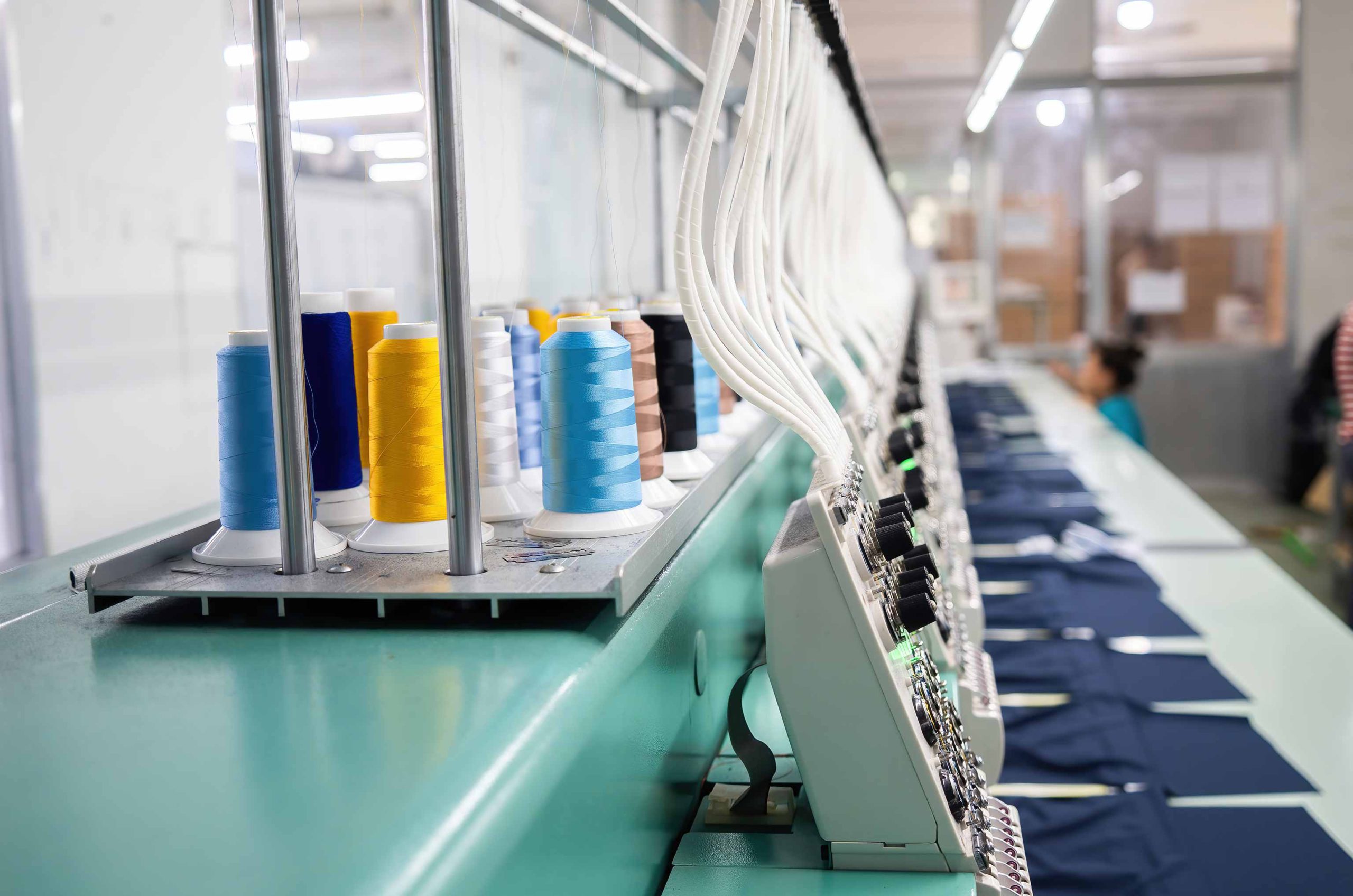Problems faced by fashion companies without PLM
-
Introduction
Companies in the fashion, apparel and textile sector are not just becoming more and more sophisticated, they’re doing it at warp speed. Valued at around 1.71 trillion dollars in 2022, the global fashion industry connects thousands of designers, brands, suppliers, manufacturers, buyers, and stores.
As the sector continues to expand globally, it can be pretty challenging to manage such a segmented supply chain —with all its complicated steps— manually.
According to the State of Fashion 2022 McKinsey and BoF report, the industry faces “a significant challenge with potential shortages of products and resources, as choked supply chains and rising shipping costs undermine operations.” Numerous companies have reported “struggles to manage inventory flows or tied lower sales forecasts to supply-chain blockages.”
A fashion brand has to deal with different suppliers from various parts of the world who may also be dealing with other customers. Managing exact quantities, storing, tracking and fulfilment depending on each requirement, can be grueling and riddled with errors. From the design board and tech pack to the end of sales, even small mistakes can cause big losses.
-
How do successful companies solve these problems?
Well, it has a lot to do with their product lifecycle management strategy. We’ve seen how competitive industries like aerospace, automotive, medical and banking have benefitted from the massive impact of PLM systems. But what about other markets?
-
Are PLM systems right for a fashion brand?
Well, just look at the problems a fashion business faces. As creative as fashion companies may be, their product management troubles are similar to other high-growth industries like the ones disrupted by PLM solutions already.
And still, many companies with a clothing line or accessory brand are yet to make the switch to a fashion PLM solution. This can be because of lack of awareness, wariness of disruption and not being able to find a solution that fits their needs. If you’ve never used a PLM, you might not realize how it could make your systems so much more efficient.
-
Signs your fashion business desperately needs a PLM system
It can be hard to decide whether your brand needs a PLM or not. We’ve got just the checklist for you!
PROBLEM #1: You often find employees repeating the same task
Duplication is the biggest enemy of efficiency. When different employees end up doing the same task because, either they’re working on different platforms or there was a gap in communication, it’s a waste of important work hours. This is a problem because you’ll never be able to increase output with the current amount of resources.
Trying to solve this problem by having meetings can take up a lot of time and result in further miscommunication. The easiest way to boost collaboration amongst and within teams is by using a centralized platform for all product development processes.
PROBLEM #2: It takes a long time to find any piece of information
Every time you want to find details about anything, you need to search through multiple documents, email chains and project management systems. This is made worse by the fact that every change of product or process brings with it new changes in information and more confusion for your flat-documentation system.
You waste several hours just trying to figure out what’s going on. And when a supplier or buyer asks for something, you waste even more time hunting around for the right person or email thread.
PROBLEM #3: Your lead times are long and unpredictable
As if longer lead times wasn’t bad enough, you often can’t accurately predict or estimate lead times. Your customer experience and vendor relationships are suffering because of constant delays and postponed deadlines.
Your sales and marketing efforts also take a blow as you miss out on important shopping cycles. Overall, you find it hard to be confident about outcomes because you can’t track products during the manufacturing process.
PROBLEM #4: Your team is buried in compliance management paperwork
Compliance is a hidden cost that no one talks about. The number of compliance regulations in the industry are rising and it’s overwhelming your team. Trying to stay compliant with all the various standards requires a lot of precious resources. This is work that can be easily be done and monitored using a centralized PLM platform.
However, your team is spending more hours on calling suppliers and doing paperwork which means less time spent on innovation.
PROBLEM #5: You have no way to track real-time progress
Your team is working on multiple products, and in multiple time zones. And you are having difficulties tracking the progress of your projects, teams and products. Your team spends hours poring over documents and figures to get an idea of where they stand with project schedules, budgets, resources and product development.
Unlike PLM users who can track each step of the production process with real-time reports, you have to call up or send emails to get progress reports. This means you don’t have access to analytics and reports that could be crucial to improving your business strategy.
PROBLEM #6: It’s hard to calculate cost during the product development phase
Your cost calculations during the product development phase tend to go haywire. Changes, delays and communication gaps often force you to go over-budget. You find it hard to develop a more forward-looking view of associated product costs.
This is especially concerning in a highly competitive market like fashion where increased price erosion and product variability is to be expected. You could easily fix this by identifying bottlenecks in the manufacturing process before they happen with a fashion PLM.
PROBLEM #7: More growth has made resource allocation harder
You’re innovating, creating more, partnering with new suppliers, and hiring incredible people. While there was a time when everyone was in the same office and you could call many people to complete a task but things aren’t quite as simple anymore.
Now, it is harder for your managers to allocate resources in a way that all projects are being worked on effectively and efficiently. You need a system that helps you match tasks with strengths, whether that is for an employee or a factory.
PROBLEM #8: Your vendor communication is inundated with emails
You have software for design and development but sharing important details with your manufacturer or distributor is still a pain. You have to send emails for every little update and keep track of all received updates. Vendors often pick up the wrong version from the mail thread leading to loss of time, money and resources.
Your goal of getting a good quality product to market in the desired time feels harder every day as you grow your business. You’re more focused on checking your inbox than working on a strategy to expand your business.
-
Conclusion
If you read through these problems and relate with them, know that you’re not alone. In fact, all of these are good problems to have as they can be fixed with a single catch-all solution. Now that you know the problems, it’s time to invest in a solution.
We know that running a fashion enterprise is no joke and the stakes get higher every day. Keeping this fast-paced industry in mind, the WFX Fashion PLM has been tailor-made for fashion brands and designers.
Sign up for a free demo to find out more!









